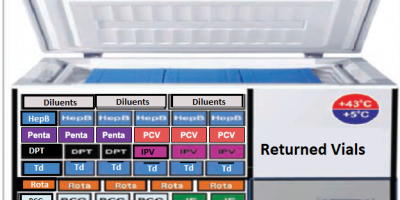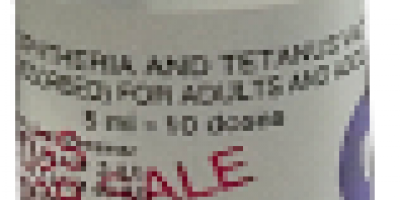Alcohol Based Hand Sanitizer
Alcohol-based hand sanitizers typically contain ethanol, isopropyl alcohol, n-propanol or a mixture of two from these. The antisepsis of alcohols is due to their protein denaturing capability. For maximum effectiveness, the alcohol solution should have a concentration between 60 to 80%. Concentration above 80% is less effective as reduced amounts of water inhibit denaturation of proteins.
.
The amount of alcohol in a sanitizer may be expressed as either of two:








